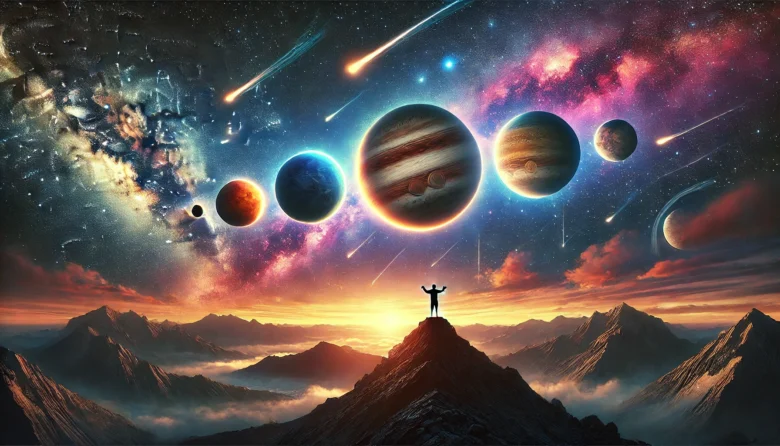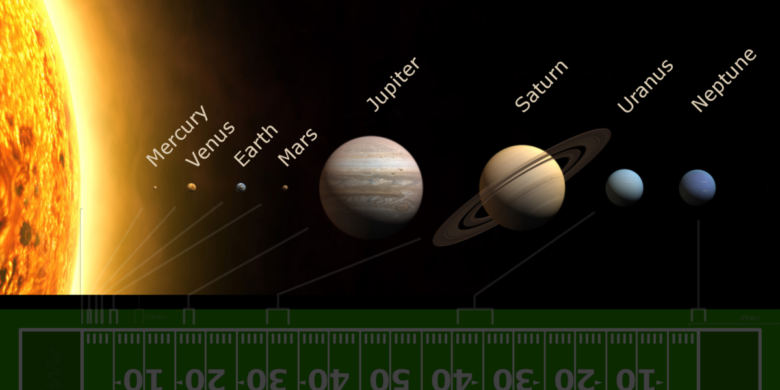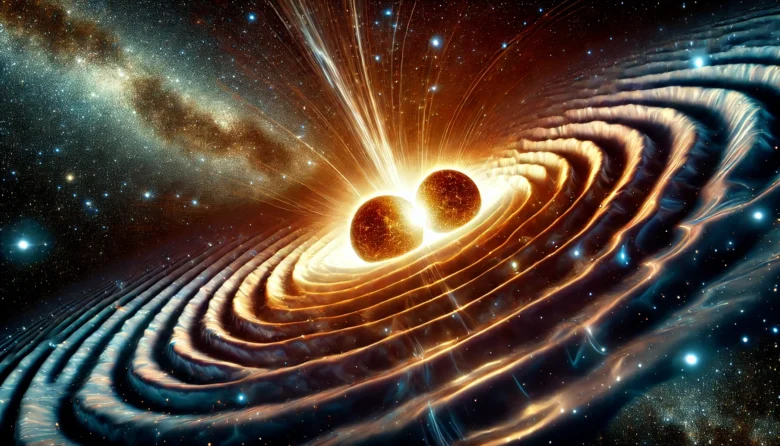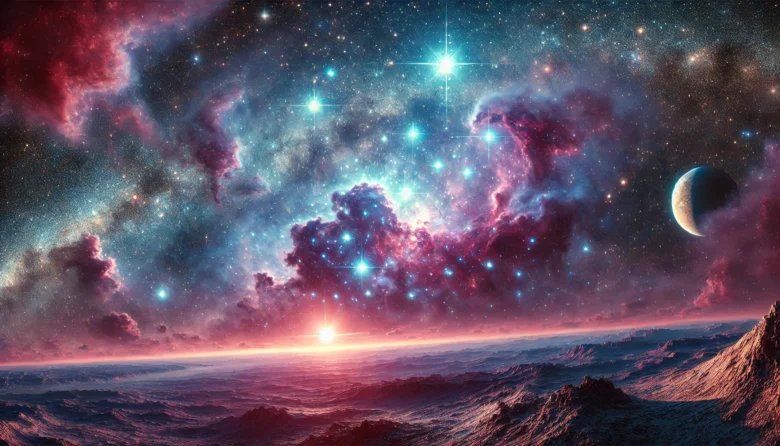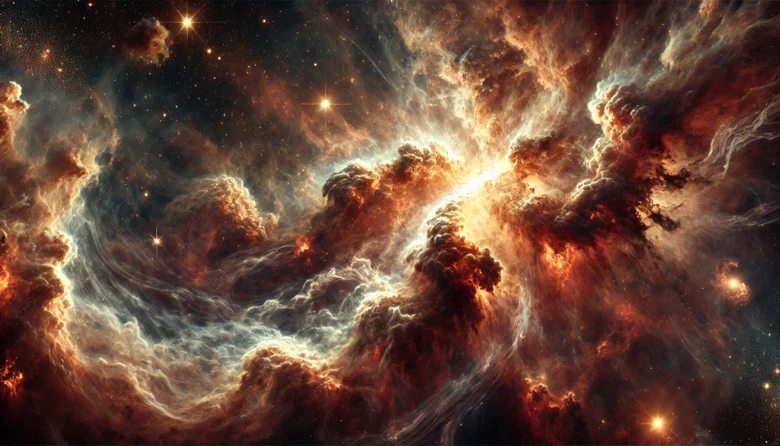Fun fact: There might be more “almost-stars” hiding near us than the bright ones we can see—some of them are forming rare quadruple systems that challenge everything we thought we knew. Astronomers recently hit the headlines with the discovery of a quadruple star system called UPM J1040-3551 AabBab, and the title alone sounds like science …
Fun Fact: Saturn has more moons than any other planet in our solar system — a whopping 274, thanks to 128 new discoveries! Imagine looking up at the night sky and knowing that Saturn, the giant ringed planet, is now home to a record-breaking number of moons. That’s exactly what astronomers found when they recently …
Did you know that some of the most powerful space telescopes on Earth can’t function properly if there’s too much light around? That’s right—astronomers need pitch-black skies to see the universe clearly. In fact, the clearer and darker the sky, the better our view of distant galaxies, stars, and even black holes. This is why …
Fun Fact: Did you know that a planetary alignment involving all visible planets occurs only once every few decades? The last major event like this happened in 2004, and the next won’t be until 2040! Introduction Imagine stepping outside on a crisp February evening and looking up to see seven planets lined up in the …
Here’s a mind-blowing fact: If you were to line up all the planets in our solar system, they would fit perfectly in the space between Earth and the Moon! Hard to believe, right? Our cosmic neighbour may seem far away, but in astronomical terms, it’s just a stone’s throw. This incredible fact sheds light on …
Imagine a world where a single day lasts longer than an entire year. That world exists, and it’s right in our cosmic neighbourhood! Venus, often called Earth’s “sister planet” due to its similar size and composition, defies our earthly expectations with its bizarre timekeeping. This unusual phenomenon—a day on Venus being longer than its year—is …
Fun Fact: Did you know that quantum mechanics, which deals with the tiniest particles in the universe, can help us understand massive cosmic objects like black holes and galaxies? For centuries, astronomy has helped humans gaze up at the stars, wonder about the universe, and seek to unravel its many mysteries. While traditional astronomy has …
Fun Fact: Did you know that the merger of two neutron stars can cause ripples in space-time itself? These ripples are known as gravitational waves! In recent years, gravitational waves have taken centre stage in the realm of astrophysics. These faint ripples in space-time, predicted by Albert Einstein over a century ago, were first detected …
Imagine looking up at the night sky and seeing not just a few stars but an entire cluster of them, shining brightly like a cosmic neighbourhood. These stellar gatherings, known as star clusters, are some of the most fascinating structures in our universe. But have you ever wondered how these clusters come to be or …
Have you ever wondered how stars, the brilliant beacons of our night sky, come into existence? The process of star formation is a complex and fascinating journey, and one of the most crucial yet often overlooked players in this cosmic dance is the magnetic field. In this blog, titled “The Role of Magnetic Fields in …




